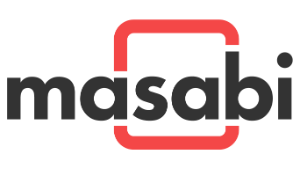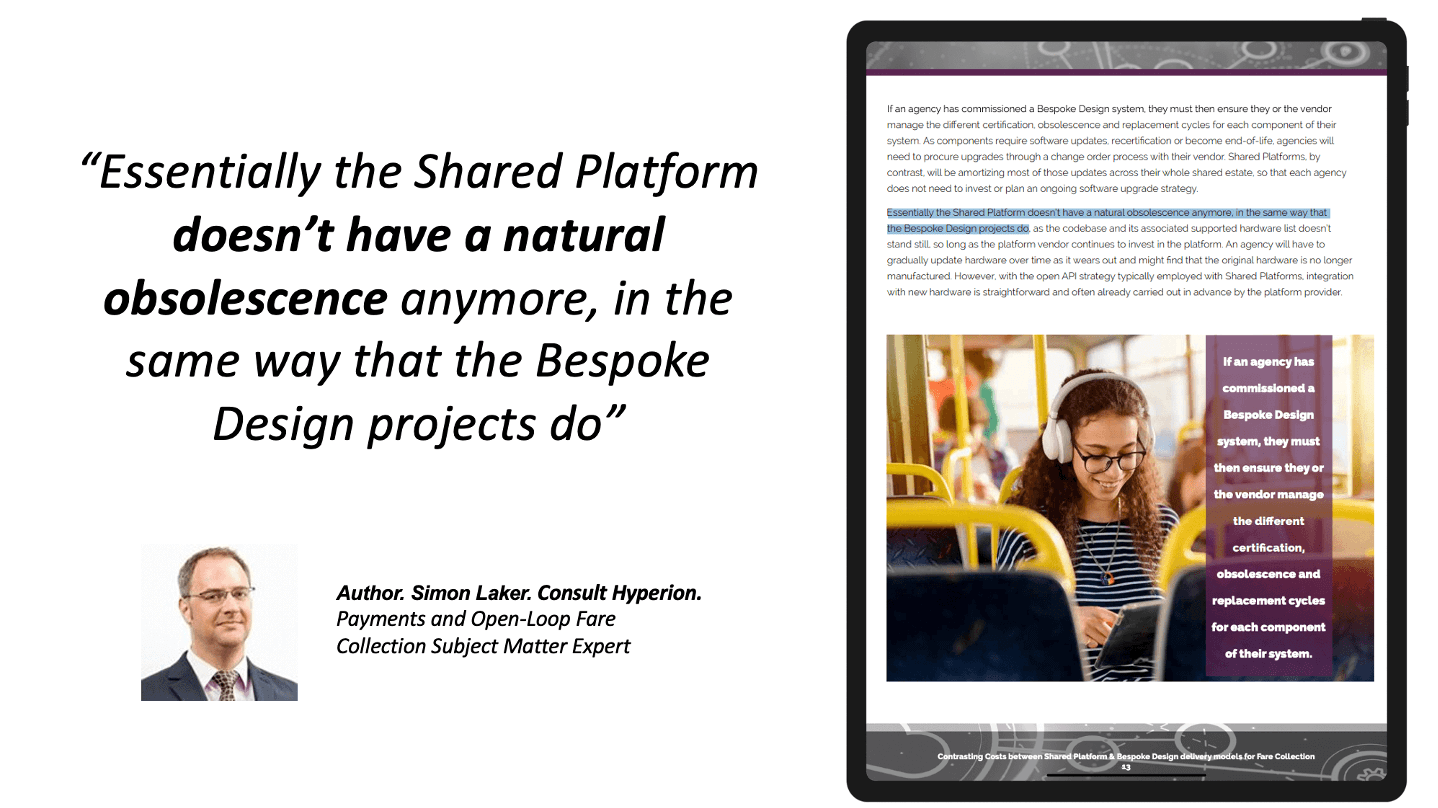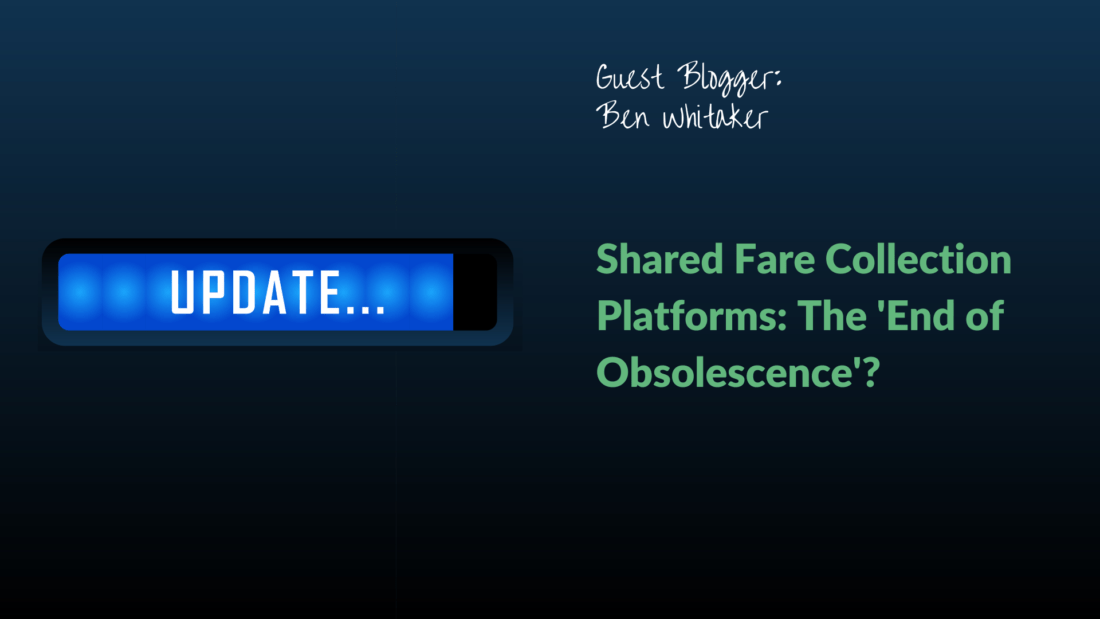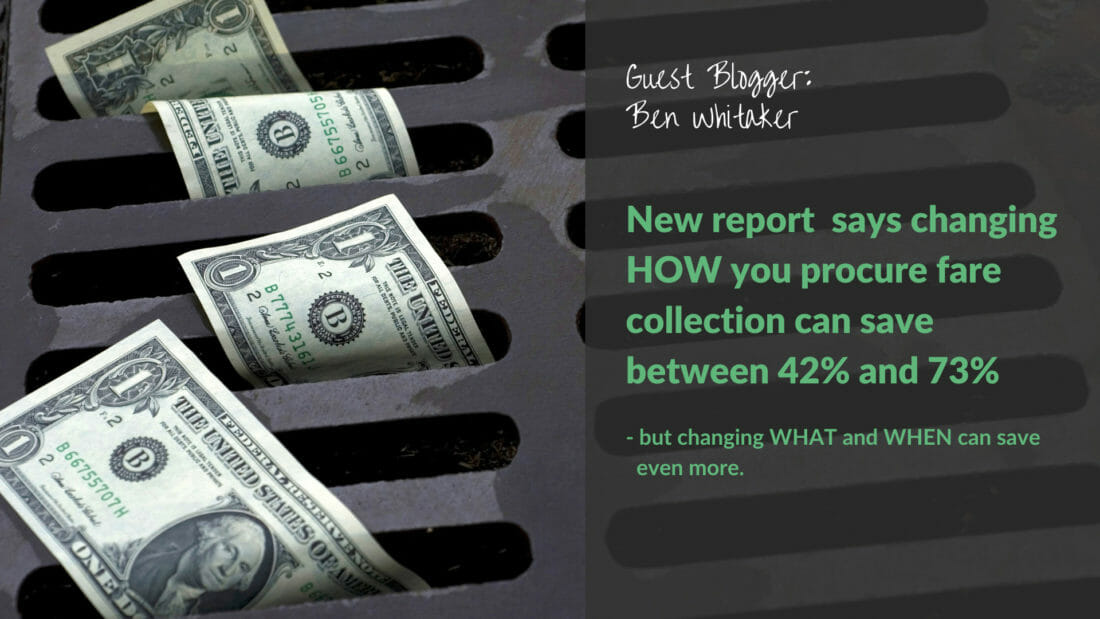
New report from CHYP says changing HOW you procure fare collection can save between 42% and 73% – but changing WHAT and WHEN can save even more.
With the backdrop of multi-year delays to some high-profile bespoke fare collection upgrade projects, it’s great to read the latest Consult Hyperion report about Total Cost of Ownership, comparing the cost delivery by Shared Platforms instead of traditional Bespoke Design-Build Fare Collection Systems. Many of the conclusions in the report ring true and underpin our general strategy these last years at Masabi, but to see it supported by a 3rd party consultancy is reassuring.
I particularly take from the report that as we see the complexity and interconnectedness of fare collection solutions increasing that there is a real risk of longer and more expensive delivery projects where fare collection systems are constructed bespoke each time, but also that due to designed-in obsolescence, bespoke solutions will become increasingly hard to manage when other systems that they connect to have different update and retirement schedules.
In contrast, the report notes “Essentially the Shared Platform doesn’t have a natural obsolescence anymore, in the same way that the Bespoke Design projects do”.
I think that the cost and risk saving of this lack of obsolescence and forced retirement hasn’t even been considered properly yet, especially as there is a significant internal and external cost in managing a “big bang” upgrade and replacement project at an agency for something as interconnected as a fare collection system.
As the new Shared Platforms don’t become obsolete, agencies could reduce the frequency of those replacement projects without ending up with an out-of-date or unmaintainable system, significantly reducing the overall “cost of ownership” still further over the long term, for those systems that continue to be fit for purpose.
(You can download the Consult Hyperion white paper here: ‘Total Cost of Ownership Analysis: Shared Platforms vs Bespoke Design-Build Fare Collection Systems’.)
Clearly, there is an opportunity to reduce upfront cost, risk and delivery timeline when reusing a Shared Platform that has already been delivered and debugged, versus a brand new configuration where custom code is combined together for a bespoke solution when comparing “like for like”, but there is an additional simplification and re-use step that can be taken by agencies ahead of selecting between bespoke and shared platform, and that is to design their procurement and fare sales strategy to make best use of BYOT (Bring Your Own Ticket) and dematerialised sales.
Basically, HOW you procure your next fare collection platform is one part of the equation discussed in the report, but WHEN you procure it and WHAT you procure the other two thirds not mentioned, and I believe that it makes sense to simplify and reduce the amount of dedicated self-managed ticket sales activity being procured, as well as the way it is to be delivered, and the frequency it is replaced.
For example, since the first tickets on a horse-drawn bus, transit agencies have issued closed media from an agency-operated sales channel. Rolling forward 150 years from a conductor on a horse-drawn carriage to the most advanced tele-operator supported self-service smartcard vending machine hasn’t changed the nature of the transaction, just the agency-employed ticket selling conductor became a robot (TVM), and the numbered paper-stub became an even more expensive smartcard with a chip. The amount of media issuing, cash handling and bus slow-down by dealing with cash and card, comprises a lot of non-transport related activity for an agency to manage that is simply not necessary with so many digital channels and 3rd party retail options out there that didn’t exist in the 1800’s and 1900’s, but are now widespread in the 2000’s.
Contrast this in-agency sales burden with the BYOT (Bring Your Own Ticket) and dematerialised sales options where the agency no longer provides the sales staff or sales equipment, and no longer issues fare media:
- Mobile Ticketing – the lowest cost per sale of any channel, suiting customers with smartphones as they pay for their own phones and the phone becomes the ticket.
- cEMV (Open Payments) – the bank-issued payment cards can tap and instantly become an ABT card for Account Based Ticketing, with fares, capping and balances calculated in the back office, but with the bank cards acting both as a funding source as well as a token, also available in phones and wearables in the guise of virtualised cards such as Apple Pay and Android Pay.
- 3rd party ID cards – Student Passes, Seniors Passes, Disability/ADA passes, Employee passes, National ID cards issued by 3rd parties can all be used as the presentable token in an ABT system funded via free travel rights, stored value or corporate account payments. (Some specific concession groups that don’t have other suitable contactless ID may still need smartcards issued to them by the transit agency to ensure access for all, but very few riders with a contactless bank card or mobile phone should ever need a smartcard issuing to them, so the size of card-issuing operations should be small.)
- 3rd Party Retail and Topups via Bill Payment Networks – Rather than providing bespoke hardware or ticket media at each convenience store or TVM’s to facilitate smartcard issuing and SVA topups, modern ABT systems can leverage existing consumer bill-payment networks and equipment provided by companies like Payzone, T-Cetera, Incomm Payments, PayNearMe, PayForIt, etc to provide cash digitisation for use by passengers that don’t have payment cards but do have either mobile phones, ID cards, ABT cards, or just want to purchase a single ticket printed on cash register thermal receipt paper as a static barcode from a large network of convenience stores, grocery stores, drug stores and pharmacies.
The CHYP report says that agencies can save between 42% and 73% of the total cost of ownership by changing their delivery model from bespoke systems to Shared Platforms, but I believe that the largest sustainable savings and efficiency gains will come when agencies improve the HOW, WHEN and WHAT of their fare collection by switching to a shared fare collection platform, keep it for longer and completely remove agency-managed sales and agency-issued fare media (with the possible exception of a small number of concession passes and for the un-banked without smartphones). The combination of re-inventing less, replacing it less option, and doing less in the first place will result in reducing the up front and operational costs of fare collection for all agencies, while still providing improved convenience and equity.
As a related 10x cost saving comparison, GCRTA contrasted their predicted cost of upgrading their traditional DBOM fare collection system being between $15m and $20m, and instead spent just over $1m for installing the Justride (BYOT) shared platform including validators to enable mobile ticketing, practical MaaS apps, Account-Based Ticketing including smartcards and a future roadmap, taking advantage of Fare Capping and cEMV in the coming months.
In another example Saskatoon Transit recently commented that by offering BYOT options, 98% of students stopped using expensive smartcards that had to be purchased and delivered by the transit agency, and instead used mobile ticketing on their own phones, reducing card issuing from 15,000 per year down to just 30 cards – a massive annual saving.
With those three benefits available to agencies, maybe it will rapidly become harder for agencies to justify procuring a traditional card-centric and media-issuing bespoke system in the future?
